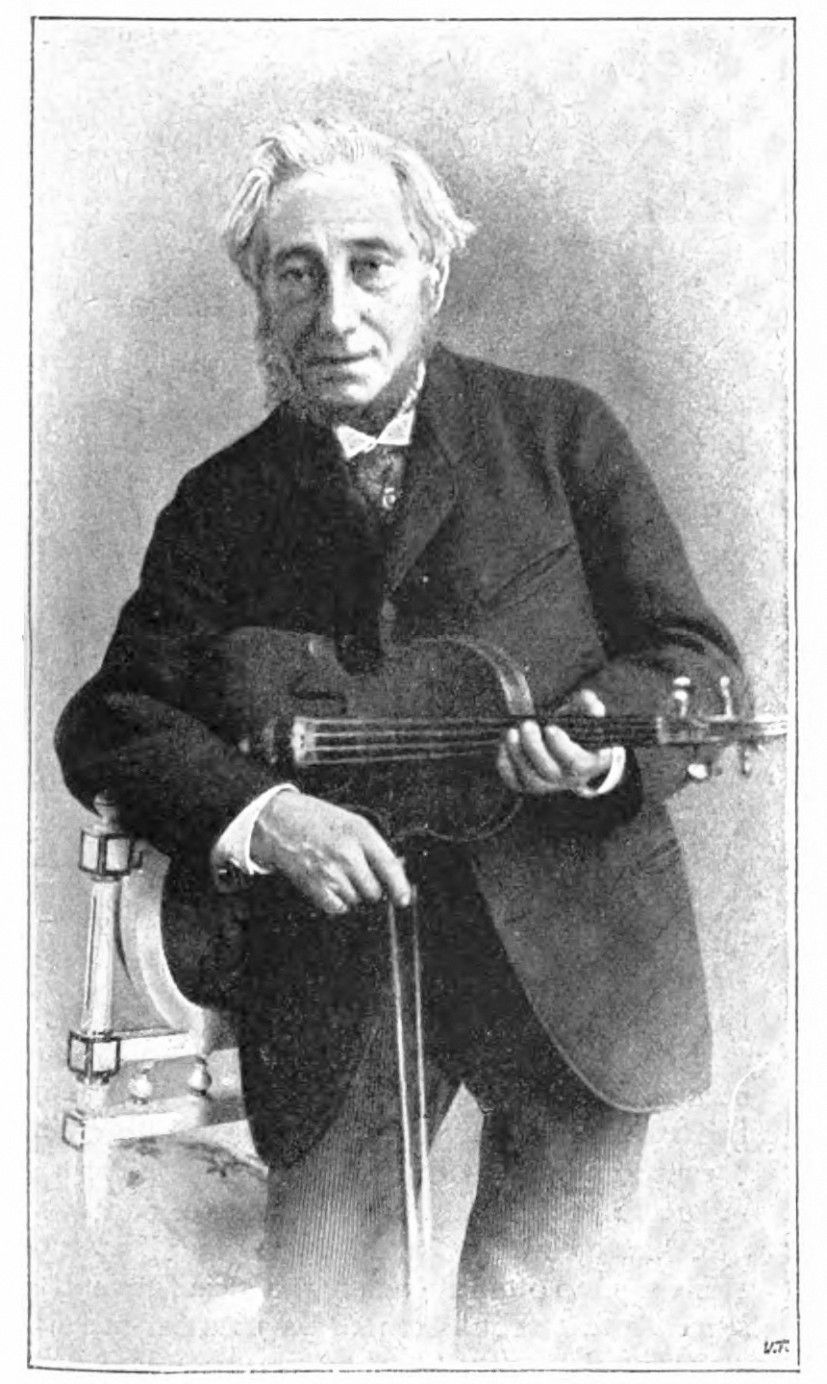Legendary violinist Nicolo Paganini was famously protective of his technique. Although he died nearly two centuries ago, we might still be able to hear his music through a set of recordings left by his only pupil, Camillo Sivori.
Researcher Andrew O. Krastins has recently published his claims that sixteen wax cylinder recordings owned by the British Library were made by Sivori. Previously attributed to August Wilhelmj, the wax cylinders are unusual in that they are not labeled with the performer's name, and that they contain entire works or movements recorded over several cylinders.

Krastins bases his conclusions on several intersecting threads of evidence, which he detailed in an extensive post on the British Library blog. The cylinders are of the type produced between 1891 and 1894--when Wilhelmj had already stopped performing in public. Furthermore, only one of the five recorded works formed part of Wilhelmj's repertoire. This piece, Paganini's Witch's Dance, is heard in a version significantly different from Wilhelmj's 1905 edition. In fact, the recording is labelled "as played by Paganini," strengthening the claim that it is Sivori's. Another piece, the first movement of Sivori's unpublished and lost Violin Concerto No. 2, would have been known only to the composer.
The cylinders were likely recorded by Enrico Copello, at the time the only figure demonstrating Edison's phonograph in Italy. He also worked for the Edison Company's branch headquartered in London, which is how the cylinders made their way across the Channel. They were then obtained by Charles Volkert, head of the London branch of the music publisher, Schott (and for whom Wilhelmj made numerous transcriptions--hence the cylinders' attribution). They remained at the Schott facilities until their discovery by an employee when the company moved to a new building in the 1960s. In 2005, the employee donated the cylinders to the British Library, where they were first encountered, and then examined, by Krastins.
Previously, the earliest-born classical violinists to record commercially were Joseph Joachim, born in 1831, and Pablo de Sarasate, born in 1844. If Krastins' claims prove true, the record would go to Sivori, who lived from 1817 to 1894.
"The attribution to Sivori makes these cylinders among the most important known to exist," said Jonathan Summers, the British Library's classical music curator. "Sivori began performing while Beethoven was still alive... To hear Paganini's only pupil performing entire Paganini compositions is thrilling and haunting."